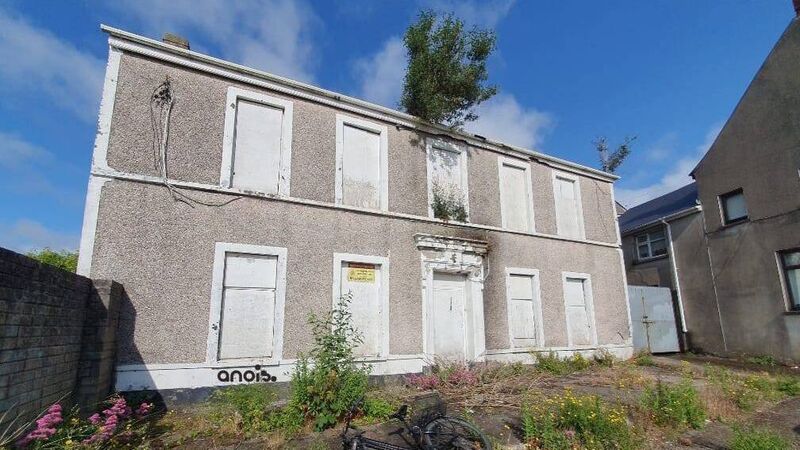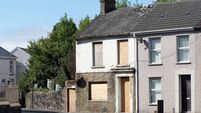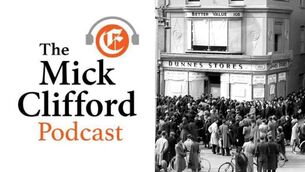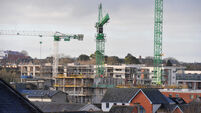The daily shame of Cork’s derelict homes is impossible to ignore

A derelict house first photographed by Frank O'Connor and Jude Sherry in 2020, which is still in the same state.
Cork City is in the enviable position of having the potential to create hundreds and hundreds of homes quicker, cheaper and more sustainably than building on green fields or high-rise apartments.
So why aren’t we? For a multitude of reasons, from speculation to hoarding, from legal challenges to apathy and a lack of leadership and enforcement, potential homes in Cork City are being left to rot when they are needed most. The recent record-breaking figure of 16,000 homeless people in Ireland, 5000 of them children, is a sobering reminder that these homes are badly needed.
















